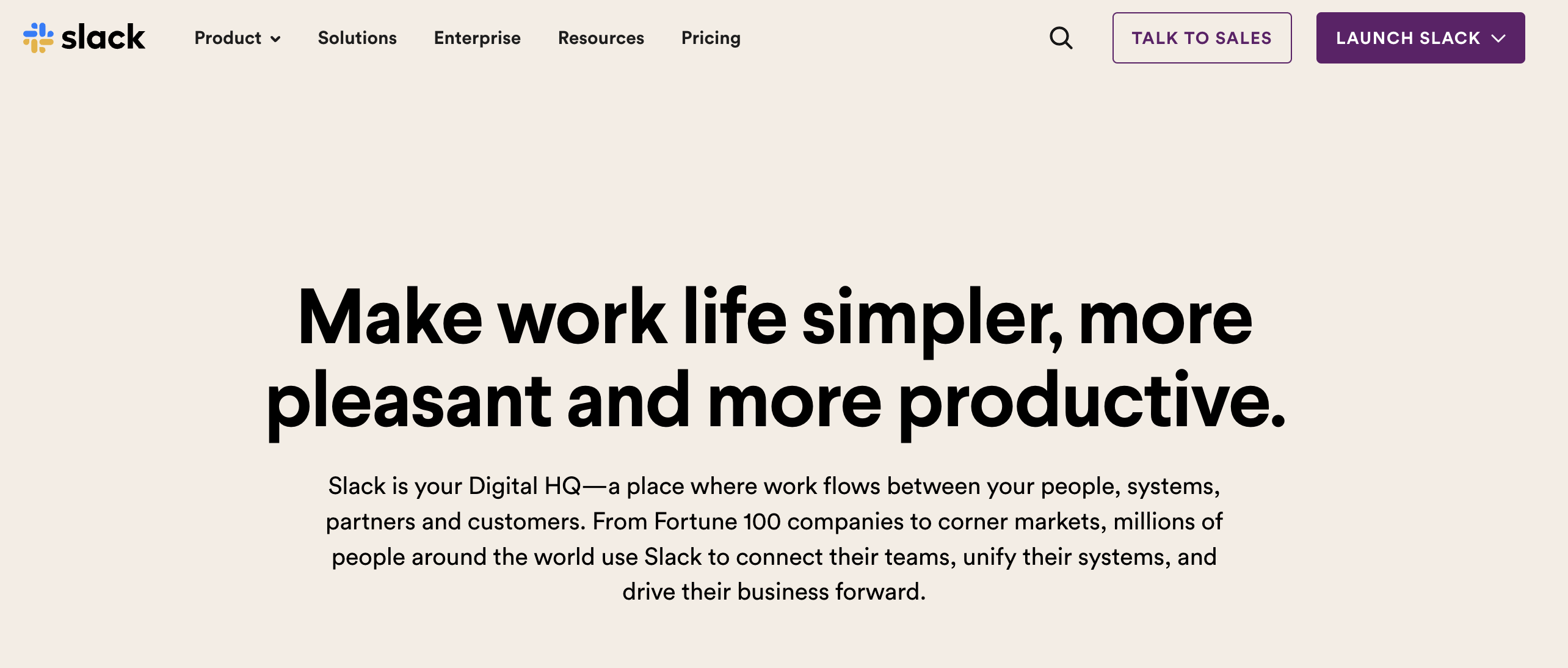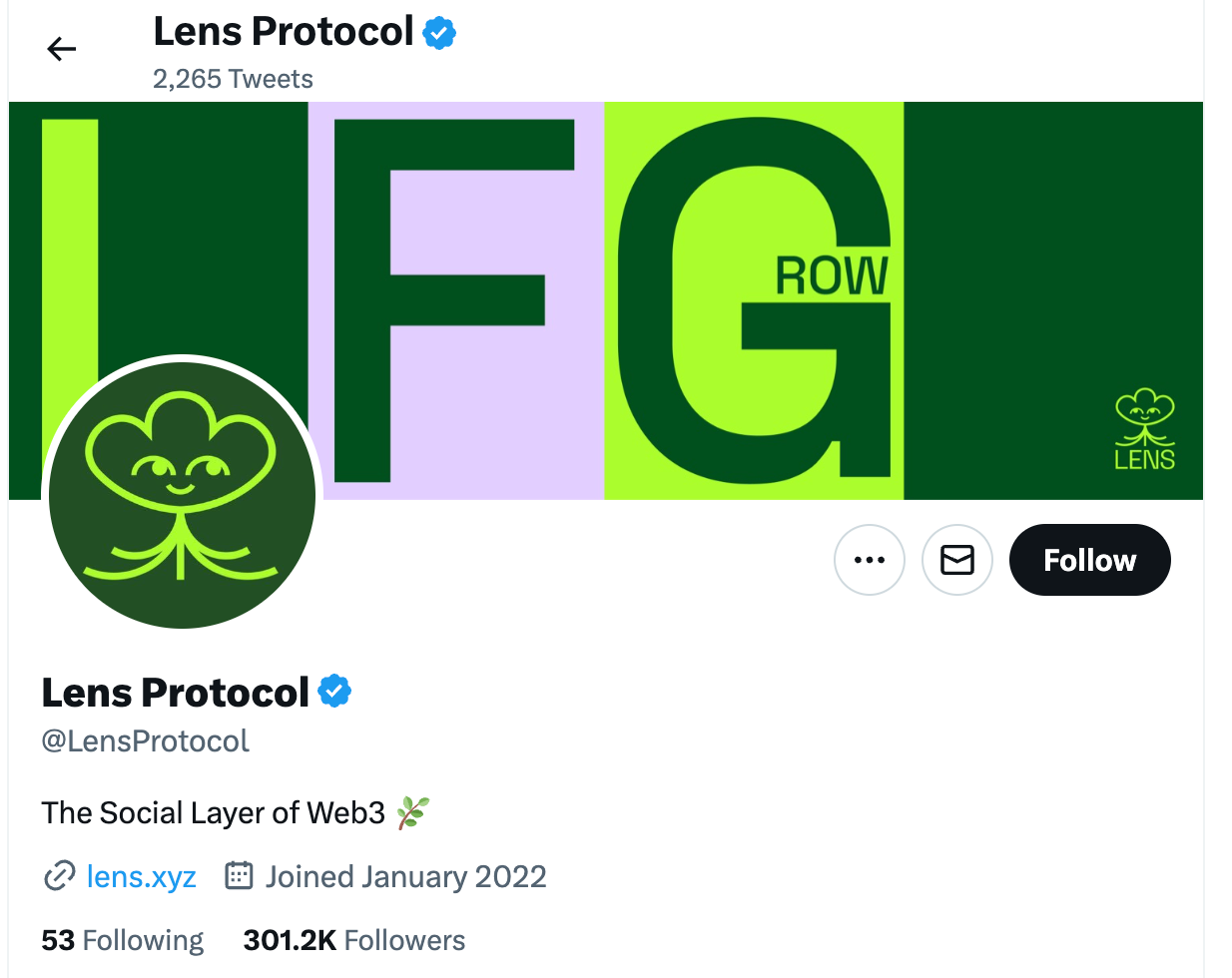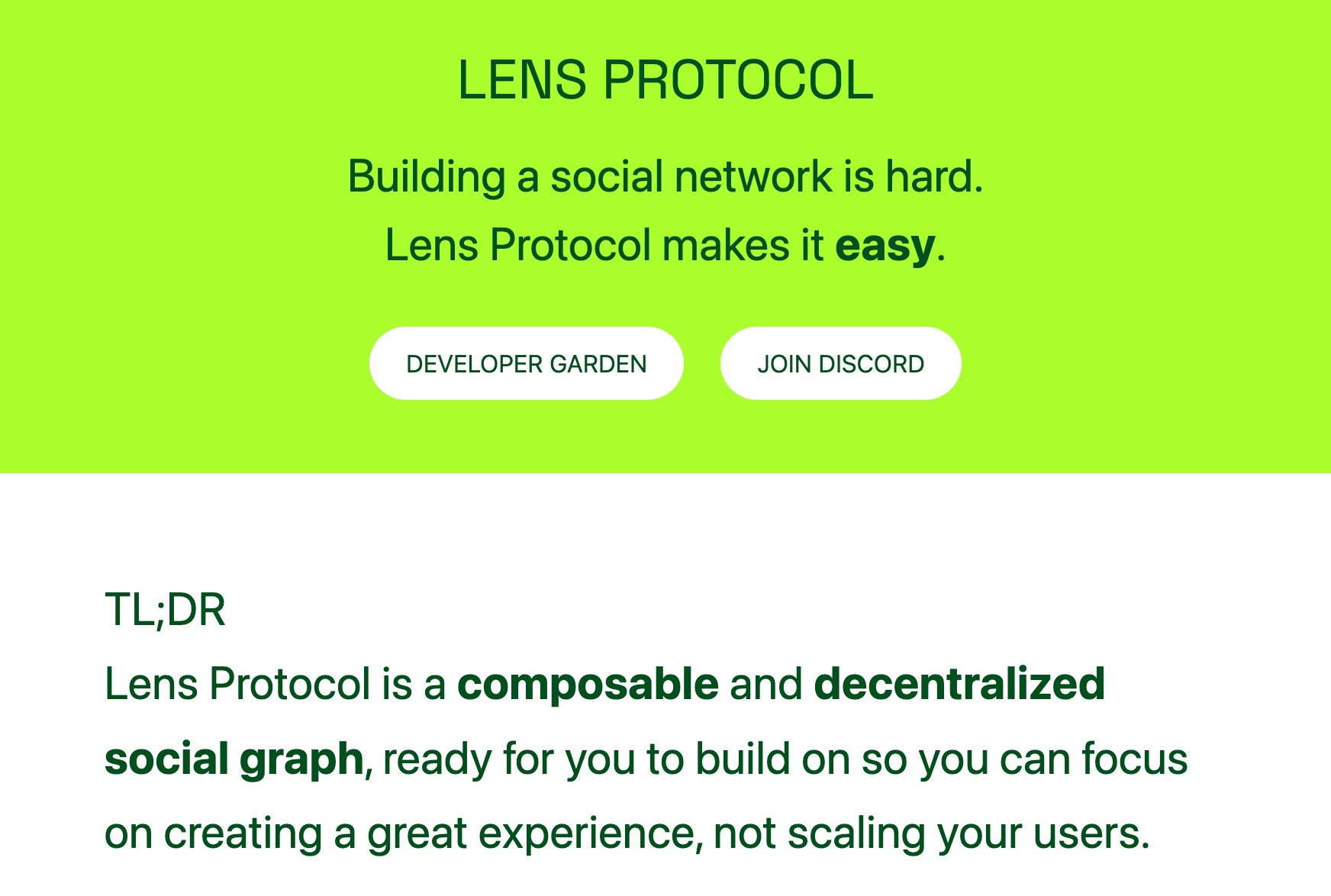Taglines are not the same as positioning statements.
A tagline is a short, catchy phrase that summarizes the brand's message and creates a memorable impression in the minds of users and developers. The main goal of a tagline is to create brand recognition and differentiate the brand from its competitors.
In contrast, a positioning statement is a more comprehensive statement that describes the brand's unique value proposition, target audience, and competitive differentiation in a more detailed manner. The main goal of a positioning statement is to define the brand's position in the market and communicate its value proposition to its target audience in a clear and concise manner.
A tagline contributes to the brand's positioning by appealing to the emotional right brain, while a positioning statement contributes to the brand's positioning by articulating "the facts" and appealing to the rational left brain.
I will now walk through some examples from non-tech, Web 2, and Web 3 worlds to better explain my point.
Nike
For the non-tech example, consider Nike. The tagline of Nike is 'Just Do It'. As iconic as that tagline is, it is not the corporate positioning statement of Nike. The corporate positioning statement of Nike can be found in the boilerplate of a recent press release:

The positioning statement of Nike is actually "the world's leading designer, marketer, and distributor of authentic athletic products." Notice how matter-of-fact and non-hyperbolic that positioning statement is. It's a statement that a reporter would gladly incorporate in their article.
Slack
For the Web2 example, consider Slack. Slack's tagline is 'Where work happens.' Now, that messaging packs a punch. It creates a visual for the reader. But is it the actual positioning statement? Does it communicate the facts of Slack? No.
Slack's positioning statement can be found below:

Slack's positioning statement is remarkably simple: 'Slack is your digital HQ – a place where work flows between your people, systems, partners, and customers.' This statement clearly communicates the what and why of Slack. The what is Digital HQ. The why, or the value proposition in other words, is to 'connect teams, unify systems, and drive business forward.
Lens
Now let's take a look at an example from Web3. Consider Lens. A tag-line of Lens is LFGrow. Short, pithy and bursting with energy, this tag-line leads as the banner message on their Twitter account.

But is that actually their position statement? No. I'd even argue that "The Social Layer of Web3" is also a tag-line. It's not the positioning statement.
The full positioning statement of Lens can be found on the front page of their website. The position statement is "Lens Protocol is a composable and decentralized social graph, ready for you to build..etc"

Logic vs. Emotion
Positioning statements are factual, straightforward, and lack emotional appeal. They are intended to provide a no-nonsense articulation of your organization or product to the media, partners, and other organizations. They communicate the what, who, how, and why of your brand, and appeal to the rational left brain.
Taglines, on the other hand, are punchy, memorable, and emotional. They should not be confused with positioning statements. Both are essential and contribute to the brand's positioning.
It's important to note that there is a subtle but significant difference between the position and the positioning statement. The position refers to the mental image of the company or organization, appealing to both the left and right brain, whereas the position statement is factual and left-brain articulation in words.
Check-list
In crafting an effective positioning statement, I'd optimize for four key descriptors that you can treat as a check-list. The positioning statement should cover:
- the what
- the who
- the how
- the why (differentiation)

